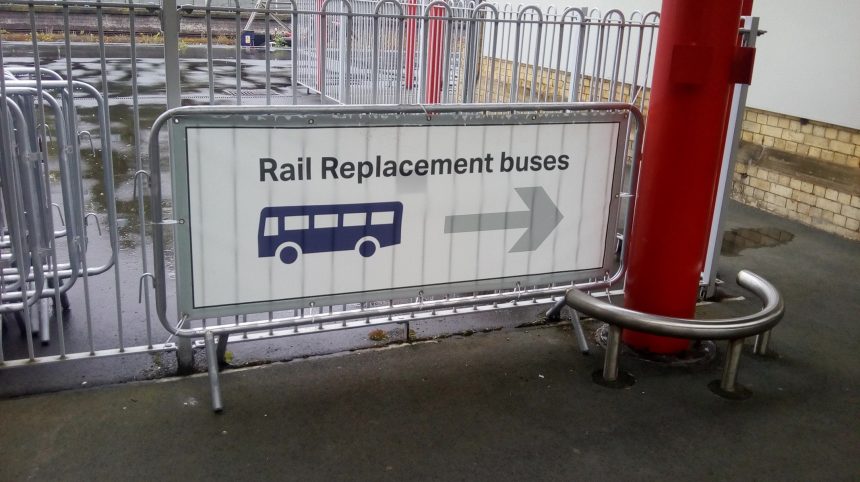Much good came from Euro Bus Expo as the industry reconnected; a positive vibe took over the NEC. But growing unease is evident around the future of rail replacement.
PSVAR and accessible information regulations both impact that work. Some operators anchor themselves to rail replacement, but for many it complements other activities. Coach providers will largely deal with PSVAR there, but accessible information on in-scope rail replacement is an complicator with – for now – a similar timeframe to full compliance.
The accessible information temporary exemption for coaches and stepped rollout to October 2026 mitigate some of that for now. But one managed service provider believes operators with coaches that are otherwise already in scope when used on rail replacement are cautious around non-technical parts of the regulations from which there is no exemption.
What are the consequences if a driver does not do as required in making announcements or placing signage and a ‘mystery shopper’ is aboard? That is well before consideration of what happens in 2026.
A Department for Transport impact assessment of the exemption method adopted notes how the Rail Delivery Group has no control over coach operators. That is key, and it must be understood by those in power. Operators cannot be forced to invest in the relevant equipment.
Equally, accessibility cannot be ignored. But a problem is brewing for rail replacement. PSVAR is generally in hand, but it is difficult to see how the accessible information regulations will be met by coach operators in that field in less than two years – assuming they want to keep doing rail replacement in the first place, that is.
If widespread do not travel warnings are to be avoided, a solution is needed. Quickly.



























